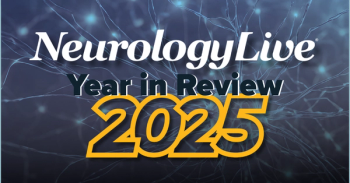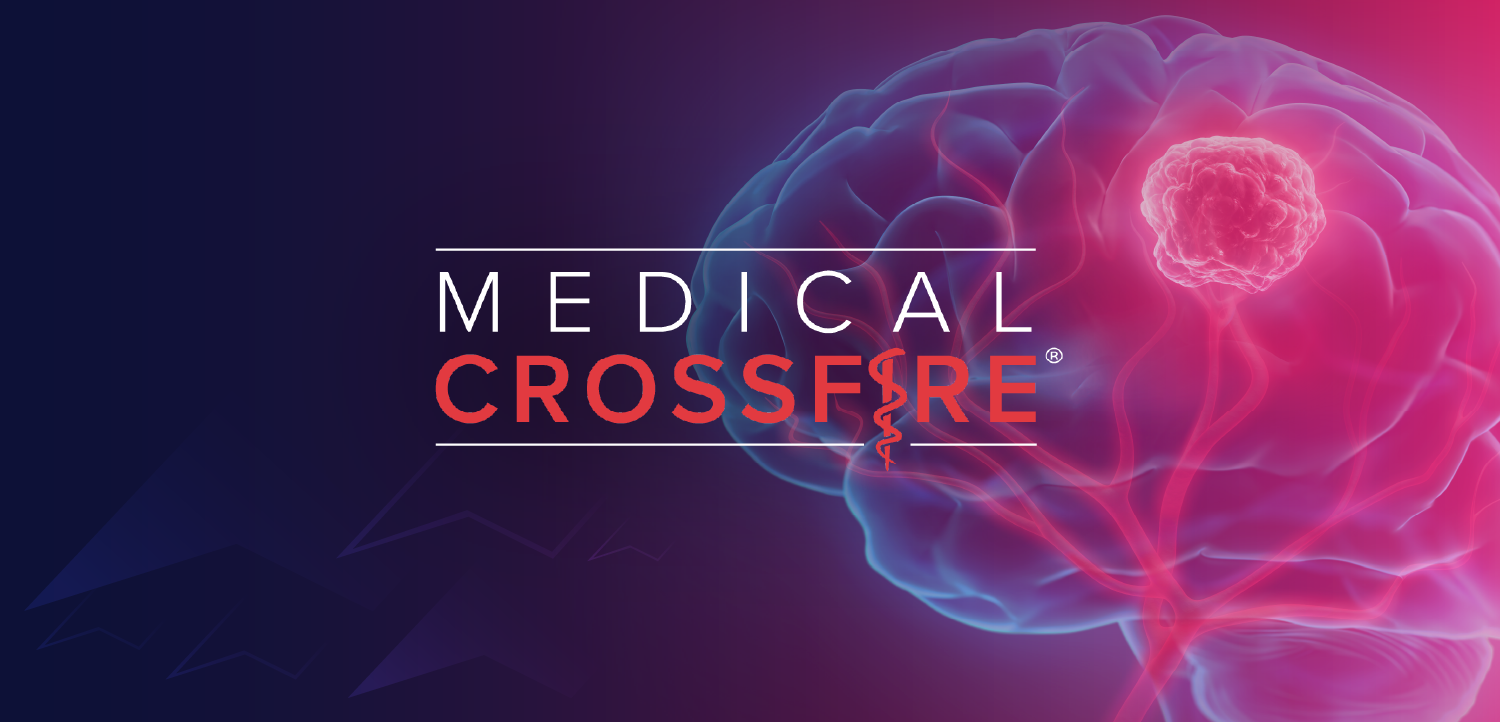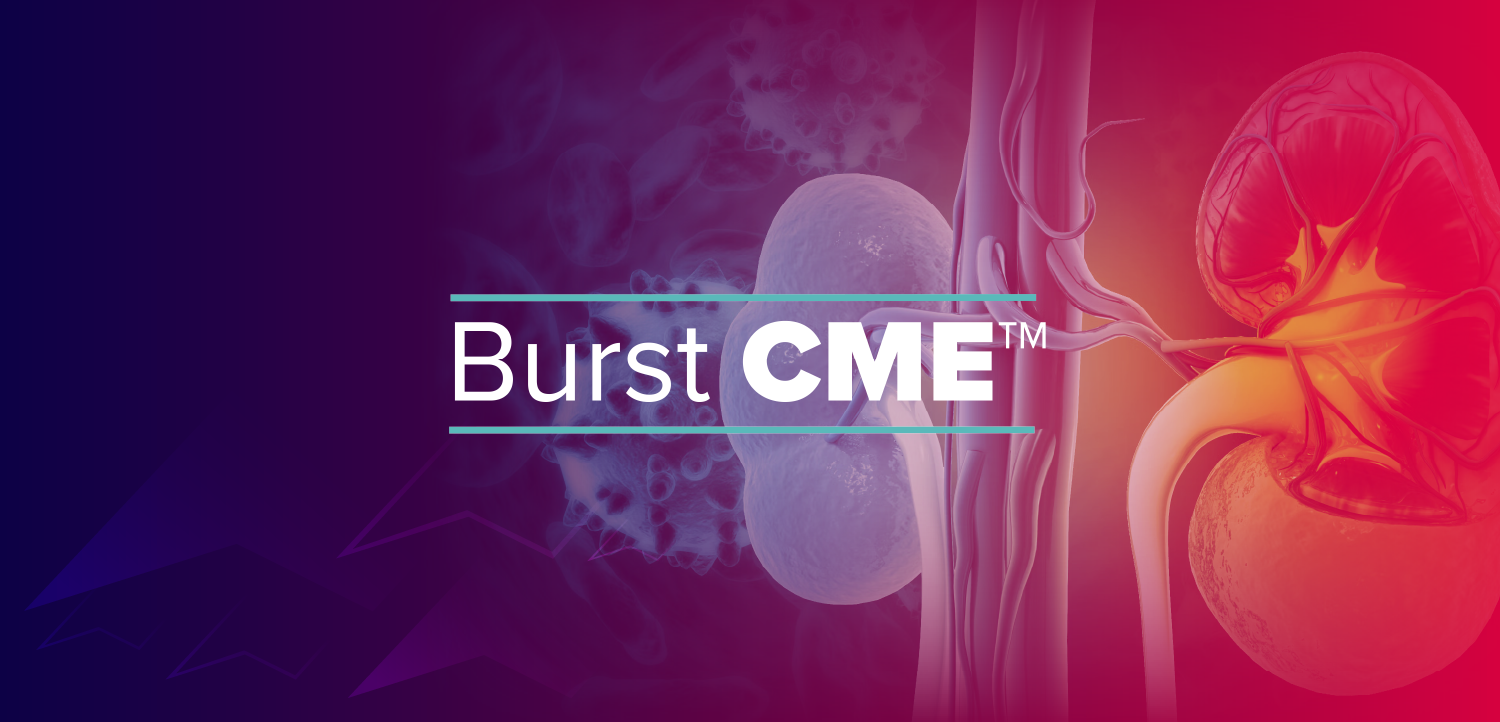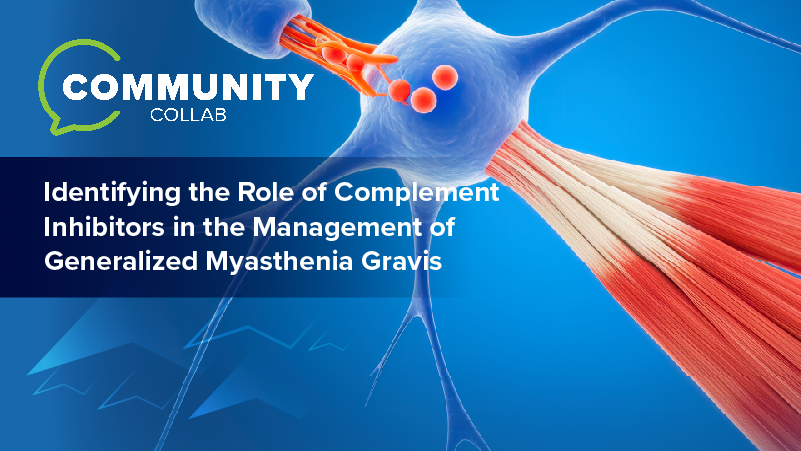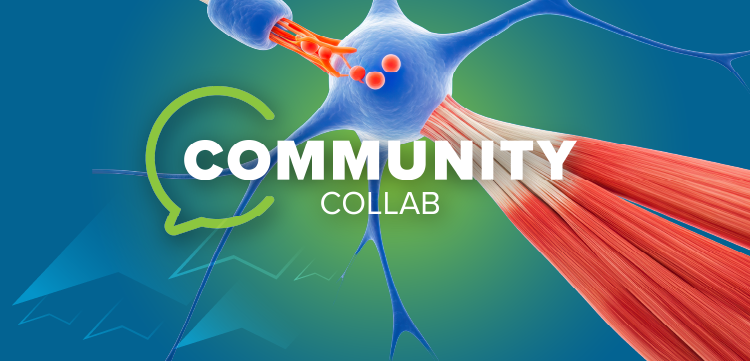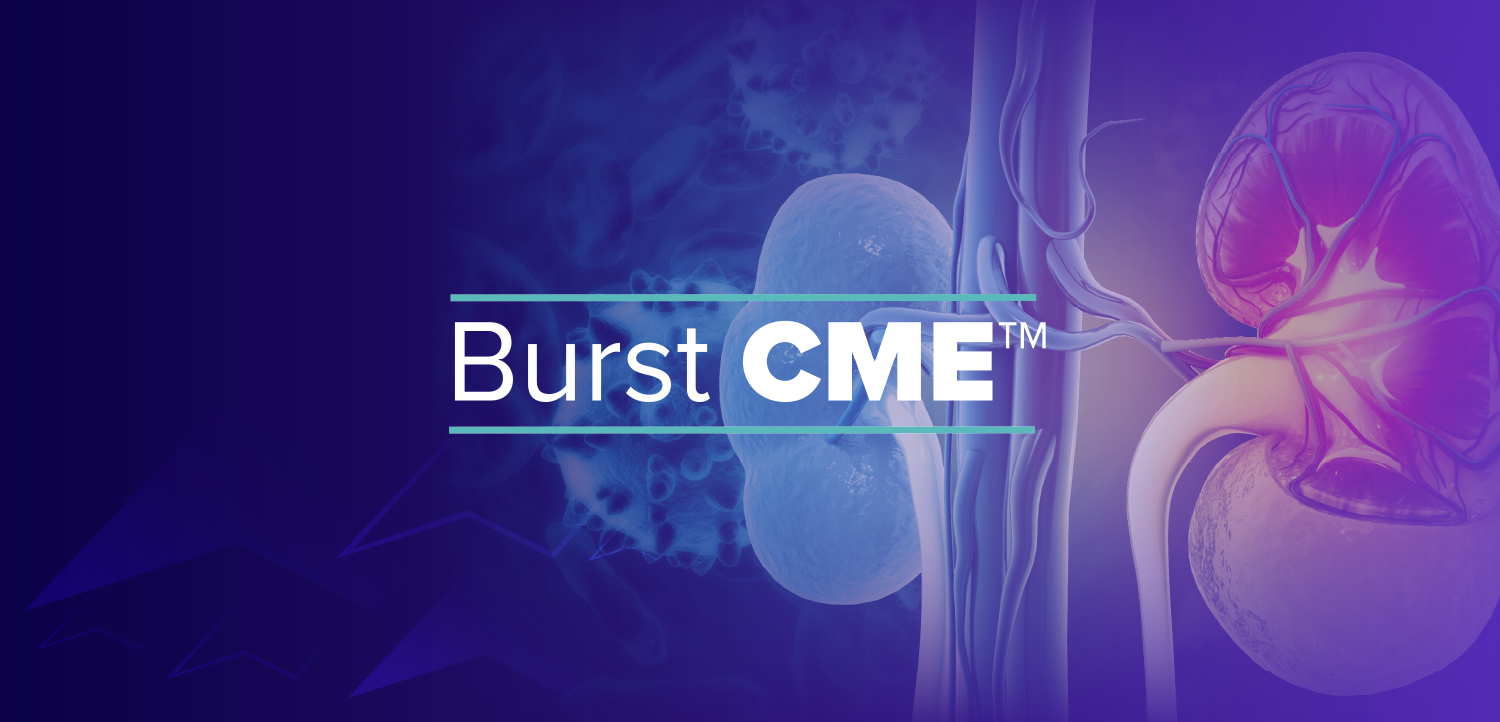
AAIC Presentation Highlights Improved Efficacy and Safety With Lecanemab Subcutaneous Autoinjector
Key Takeaways
- The new subcutaneous autoinjector for lecanemab maintains clinical and biomarker benefits without causing amyloid-related imaging abnormalities.
- Studies showed comparable efficacy to biweekly intravenous dosing, with low anti-drug antibody rates and minimal adverse reactions.
New findings reveal the promising efficacy and safety of a subcutaneous lecanemab autoinjector for early Alzheimer disease treatment, enhancing patient care.
Several presentations at the
The data presentations included findings from a substudy of the phase 3 Clarity AD trial (NCT03887455), as well as a human factors (HF) study, an Autoinjector Device Acceptability Study, and 2, phase 1 bioavailability and bioequivalence studies. Across these studies, the data supported the use of transitioning to a weekly 360 mg SC-AI dose of lecanemab after 18 months of initiation dose (10 mg/kg intravenous biweekly) maintained clinical and biomarker benefits comparable to continued biweekly IV dosing. Eisai’s SC-AI formulation currently remains under review by the FDA, with a decision expected to come later this month, on August 31st.
One specific presentation provided the rationale for continued lecanemab dosing with SC-AI using semi-mechanistic models and simulations. The analysis, given by Larisa Reyderman, PhD, vice president of Translational Science at Eisai, used 110 months of data from the phase 2 study and 54 months of continuous lecanemab biweekly dosing from Clarity AD. Overall, continued lecanemab treatment with 360 mg SC-AI resulted in a similar additional reduction of amyloid PET over 4 years of treatment as continued IV lecanemab.2
READ MORE:
Between the continued biweekly IV dosing group and those on SC-AI, the change in Clinical Dementia Rating-Sum of Boxes score, as well as other plasma biomarkers like amyloid-ß 42/40 ratio, glial fibrillary acidic protein, and phosphorylated-tau 181, were similar. Overall, the modeling indicated that this new maintenance therapy with SC lecanemab prevents biomarker re-accumulation and has no significant meaningful impact on amyloid or meaningful impact on disease progression compared with the IV regimen.
In Clarity AD, lecanemab SC-AI had a low rate of validated anti-drug antibodies (ADA; 2%) with low titers and maintained plasma biomarkers at levels consistent with inhibition of AD pathology and neuroinflammation. In the analyses, there was one report of ARIA-microhemorrhage and one death among those receiving 360 mg SC-AI, while no cases of ARIA-edema. Overall, injection site reactions were infrequent and mostly of mild or moderate severity, while systemic reactions to SC-AI were uncommon.3
The HF study assessed task performance of 110 trained and untrained participants (patients with self- or caregiver-reported diagnosis of mild cognitive impairment or mild AD [n = 63]; caregivers [n = 32]; and healthcare providers [n = 15]) using the lecanemab SC-AI under the expected use environments/conditions without patterns of use error which could cause serious harm to a user, where harm is defined to include compromised medical care. In the study, 95% participants successfully administered 1 injection (HCP – 100%; Caregivers – 100%; Patients – 90.3%), further supporting SC-AI’s use in clinical care.4
In the phase 1 bioavailability study, which tested SC lecanemab (n = 29) vs the original IV formulation (n = 30), the absolute bioavailability of the SC vial was 49.7% (95% CI, 43.5-56.8). In the bioequivalence study (vial/syringe: n = 80; autoinjector: n = 80), the mean Cmax for vial/syringe (53.7 ug/mL) was lower than the mean Cmax for the autoinjector (67.4 ug/mL). Autoinjector administration resulted in approximately 25% higher Cmax and 20% higher area under the curve compared with administration using the vial/syringe. In the data, results revealed that 500 mg SC AI has equivalent exposure as 10 mg/kg IV biweekly.5
REFERENCES
1. New Data Presented at AAIC Demonstrates Investigational LEQEMBI® (lecanemab-irmb) 360 mg Subcutaneous Maintenance Dosing Could Offer a New Option for Ongoing Treatment of Early Alzheimer's Disease. News release. Eisai. July 30, 2025. Accessed August 4, 2025. https://www.prnewswire.com/news-releases/new-data-presented-at-aaic-demonstrates-investigational-leqembi-lecanemab-irmb-360-mg-subcutaneous-maintenance-dosing-could-offer-a-new-option-for-ongoing-treatment-of-early-alzheimers-disease-302516784.html
2. Reyderman L, Penner N, Bhagunde P, et al. Lecanemab Subcutaneous Formulation for Maintenance Dosing in Early Alzheimer’s Disease (AD). Presented at: AAIC 2025; July 27-31; Toronto, Canada. ABSTRACT 104693.
3. Hersch S, Gee M, Doherty T, et al. Clinical and Pharmacologic Profile of a Subcutaneous Lecanemab Formulation. Presented at: AAIC 2025; July 27-31; Toronto, Canada. ABSTRACT 104691.
4. Cohen S, Andreozzi E, Hersch S, et al. Subcutaneous Lecanemab: Potential Benefits and Place in Therapy. Presented at: AAIC 2025; July 27-31; Toronto, Canada. ABSTRACT 104695.
5. Penner N, Rawal S, Aluri J, et al. Development of Subcutaneous Lecanemab: Establishing the Comparability of Subcutaneous and Intravenous Lecanemab Formulations. Presented at: AAIC 2025; Jul 27-31; Toronto, Canada. ABSTRACT 104694.
Newsletter
Keep your finger on the pulse of neurology—subscribe to NeurologyLive for expert interviews, new data, and breakthrough treatment updates.

